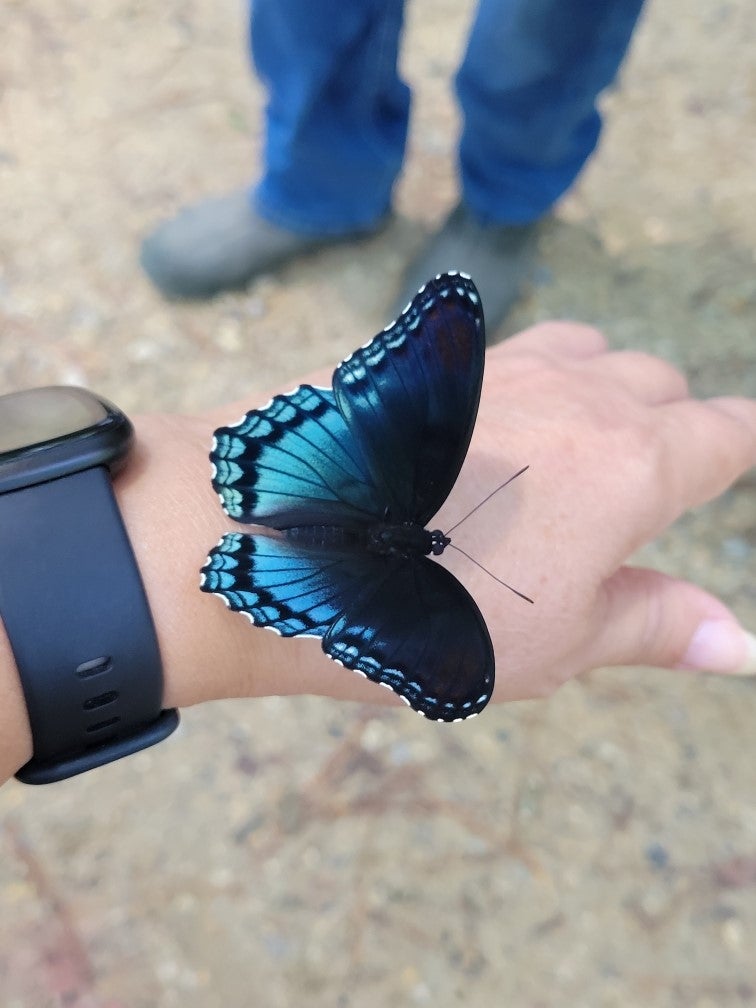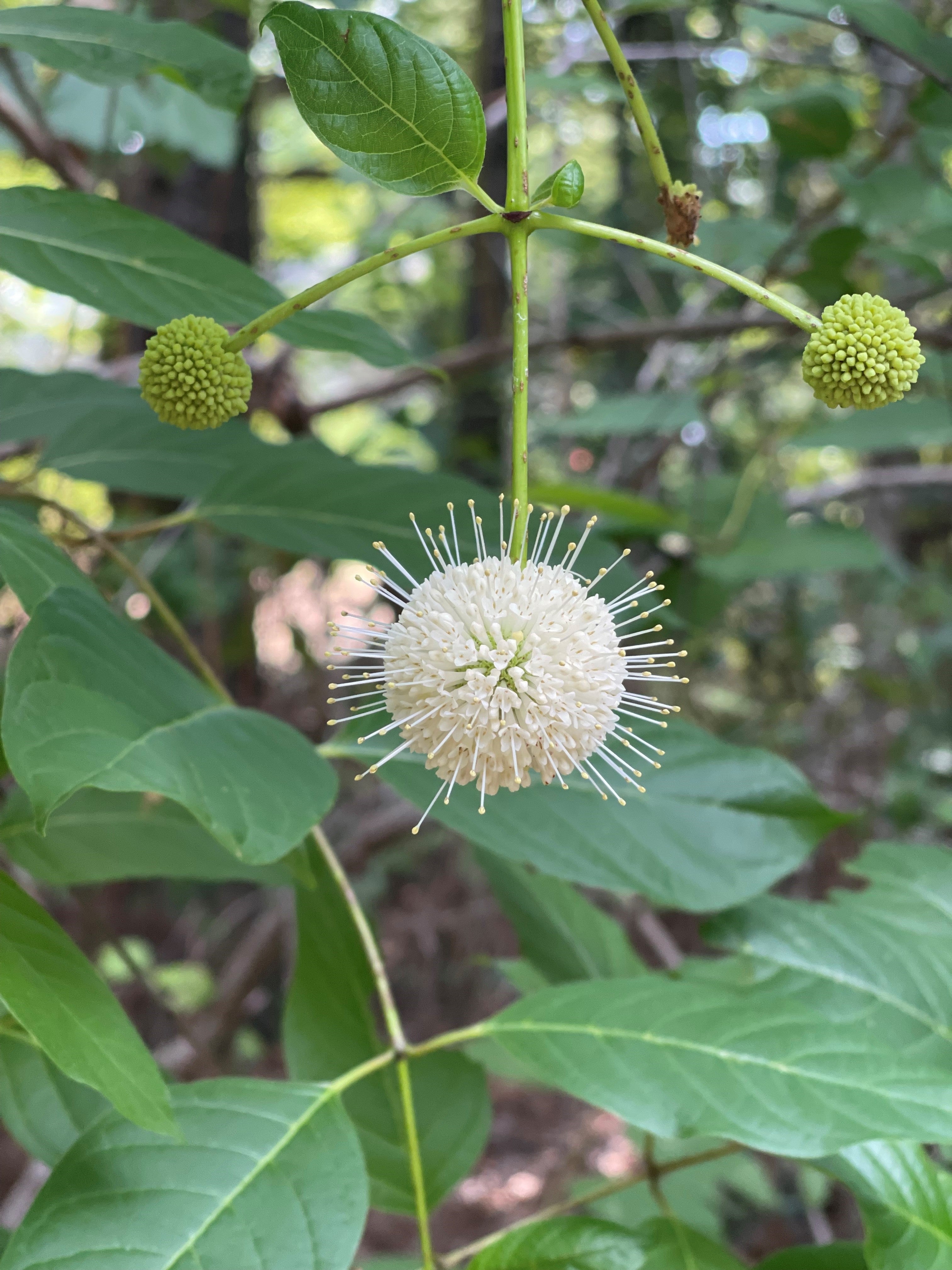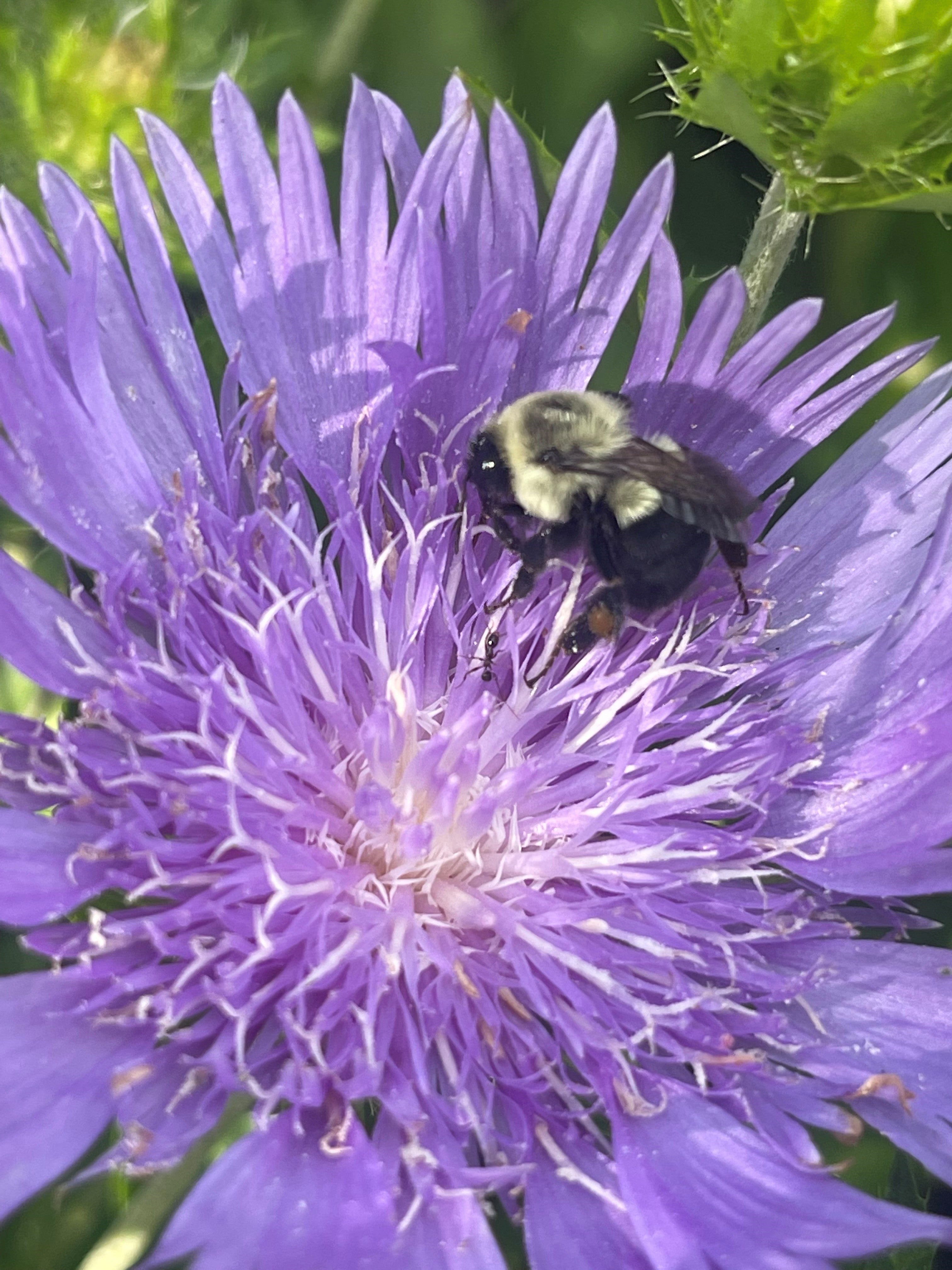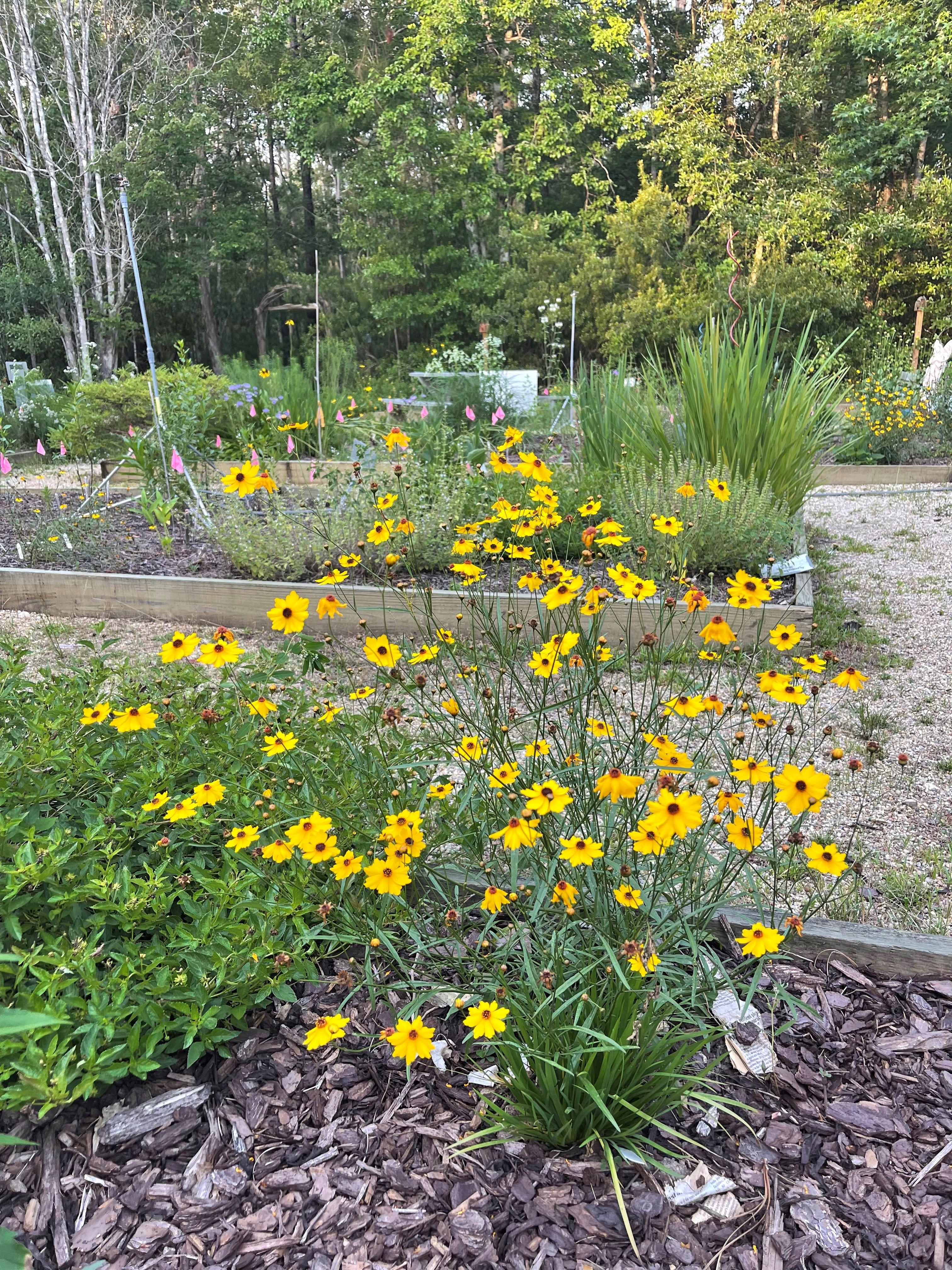Butterfly gardening – the cycle of life goes on at the Arboretum
Published 2:19 pm Wednesday, June 15, 2022
By Patricia Drackett
Director of the Crosby Arboretum and
assistant extension professor of landscape architecture with the Mississippi State University Extension Service.
This past week at the Arboretum, the Green Team has been bustling around in the pollinator garden, getting things all squared away for the coming summer, installing the last few plants that needed to get in the ground before hot weather, removing weeds that were doing their best to masquerade as desirable species, and adding a nice cover of mulch. We were delighted to have a late afternoon rain to tuck everything in.
Visitors to the garden are seeing great new improvements over the past month, and we look forward to adding the finishing touches over the next 30 days, finalizing our garden renovation project which is being funded through an Operation Round Up grant from the Coast Electric Power Association which is supported by the cooperative’s members and their Community Trust, in partnership with the Gulf Coast Community Foundation.
It is amazing how quickly some of the newly planted perennials have grown. So many are thriving in the beds. Some of the plants are from our exhibits, for example, blazing star (Liatris) has been grown from seed collected in our pitcher plant bog several years ago. It is preparing to “wow” us again this summer! Liatris is a rewarding plant to watch develop over time, as it starts out looking like a small blade of Easter grass and within a year it basically still looks like a tuft of grass. However, amazing things are taking place beneath the soil surface as it is slowing developing a corm as is typical of plants like crocus. During the second year, late in the season Liatris takes a huge growth spurt. In its third year, in our garden, it bloomed like mad, with magnificent flower spikes. Judging from the current robust growth, we are in for a stellar year! As most of the plants in the pollinator garden have a rounded form, Liatris offers a nice contrast.
Several of the arbors in the garden are covered in passion vine (Passiflora spp.), and a few weeks ago, I observed a gulf fritillary butterfly hovering over our largest plant. Today, we found at least a dozen gulf fritillary caterpillars covering the plant. We’re now facing the reality that in a few weeks we may no longer have any leaves or flowers left on the vine! Although we understand the purpose of having “host” plants like these in the garden is to attract butterflies to lay eggs so that their larvae (the caterpillars) will use these plants for a food source, but it will still be sad to see them go.
Sometimes when passion vine is brought home from the garden center, you will find some of the scary-looking orange caterpillars that are adorned with equally frightening black spines. Although the gulf fritillary caterpillars look like they will sting, the spines are actually quite fragile and will break off easily.
Passion vine is a perennial, and although it will die to the ground each year after the leaves are killed by frost, it will come back year after year. The plant grows best in full to part sun, and prefers moist, well-drained soil conditions.
Pearl River County master gardener Teresa Covington related a story about a “hitchhiker” butterfly that visited during our Saturday plant sale. It stuck around for over an hour, allowing Teresa and many others to “take it for a ride”. From her description, it was clear that the insect was sipping salt and minerals from Teresa and others’ perspiration. It’s not unusual to see large groups of butterflies “puddling” and sipping water laden with minerals from wet gravel roads or stream banks.
Sign up for the “Beekeeping for Beginners” program on Friday, June 17 from 10:00 to 11:00 a.m. with Pearl River County Extension Agent Dr. Eddie Smith. Learn how to get started with this introduction to keeping bees so you can start reaping the benefits of increasing your yield of flowers, fruit, and seed. The program is free for Arboretum members and $5 for non-members.
us on July 16 from 9:30 to 10:30 a.m. for an “Introduction to Birding” walk with birding enthusiast Jessica Martin. More information will follow but you can sign up now. Learn some great tips and resources as well as equipment for beginner (and others!) to get started, and common species of birds found in the area. The cost is $2 for Arboretum members and $7 for non-members. Reservations are required. Please call 601-799-2311 to sign up.
For more information, please see our program calendar at http://crosbyarboretum.msstate.edu/ or the Arboretum’s Facebook page. You may sign up under “Events” on our website to receive notices of upcoming activities. The Crosby Arboretum is located at 370 Ridge Road in Picayune, at I-59 Exit 4, and is open 9 AM to 4:30 PM Wednesday through Sunday.








